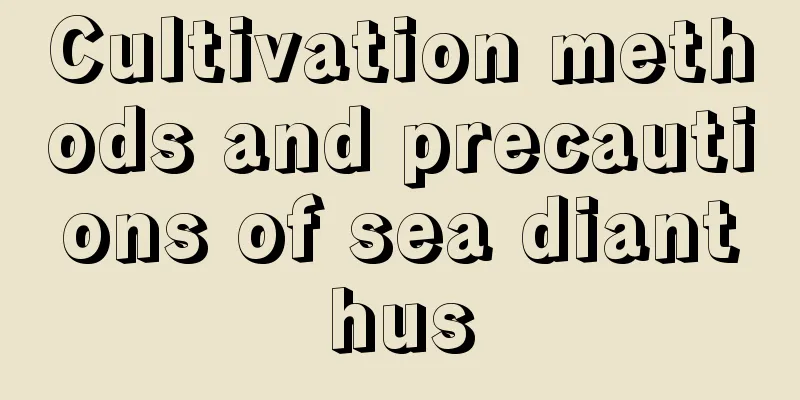What should I do if I over-fertilize flowers in autumn?

Method 1: WateringWe often hear old gardeners say "water and fertilizer management" during the process of growing flowers, which shows that watering and fertilizing are often coordinated in the maintenance process of flowers. If you find that your flowers are over-fertilized and suffer from fertilizer damage, you can immediately water the flowers that are harmed by fertilizer to remedy the situation. Continuous watering 2-3 times should be able to dilute the overly concentrated fertilizer in time, making it easier to discharge the high-concentration fertilizer. Method 2: Replace the potting soilRemove the plants that have been over-fertilized from the original pots, clear the soil, and clean the roots of the flowers. Be careful not to damage the roots of the plants during the cleaning process. After cleaning, you can prune the entire plant, cut off the damaged roots and yellow, dry branches and leaves, and dry the wounds to prevent infection. Then prepare new potting soil and replant. Method 3: Clean in timeAfter discovery, place the potting soil in clean water for cleaning, control the water level to about 2-3 cm above the surface of the flower pot, ensure that the fertilizer can be cleaned and lowered in time and effectively, and place the flowers in a shady place. Note that plants that have just been repotted should be placed in a cool and ventilated location as much as possible to avoid direct sunlight. Normal flower care can be carried out only after the growth of the flowers returns to normal. Flower fertilization methodThe fertilization of flowers should mainly be carried out according to the growth habits of the flowers. For plants that like fertilizer, it is naturally easy, but for flowers that do not like fertilizer to a certain extent, you need to be extra careful when fertilizing. The fertilization method for this type of flowers should be based on the main principle of "frequent application of thin fertilizers", and fertilization should be carried out at the right time and in the right amount. In addition, the editor here reminds everyone that during the fertilization process, for some more delicate flower varieties, you must be careful not to let the fertilizer touch the branches, leaves and roots of the flowers to prevent burns and seedling burning. |
<<: Four key points for flower care in autumn
Recommend
How to graft the yellow peel tree to improve the survival rate (when is the best time to graft the yellow peel fruit)
1. Grafting time The grafting time of yellow frui...
What is the flower language of Phalaenopsis?
1. What is the language of flowers? It usually bl...
What is the best month to plant red spider lily? When is it usually planted?
Which month is suitable for planting red spider l...
Propagation of the City That Never Sleeps by division
When to divide the plants The evergreen aloe vera...
How to make the Yale Dance so popular
1. Through cuttings If you want to achieve the ef...
What fruits ripen in autumn
1. Apple Apple is a common fruit in our daily lif...
What is the situation when corn seedlings turn red (what is the reason why the leaves of corn seedlings turn red)
If the soil is suitable after corn is sown, it wi...
Is it profitable to grow bonsai? What are the prospects and profits of growing bonsai?
Is it profitable to grow bonsai? The mainstream o...
How to Green the Balcony
The greening layout of the balcony generally has ...
Ginseng fruit cultivation methods and precautions
1. Maintenance methods 1. Temperature: Ginseng fr...
How to distinguish between white chrysanthemum and daisy
The difference between white crystal chrysanthemu...
When growing flowers in autumn and winter, you must figure out whether to use cold water or warm water, otherwise your work will be in vain!
The most troublesome problem in growing flowers i...
How to grow copper coin grass in autumn
1. Change hydroponics to soil culture The hydropo...
Method of grafting dragon fruit onto Christmas cactus without leaving any mark
1. Grafting time There is no limit on the time fo...
What flowers are suitable for growing in Taizhou? What are the city flowers and trees?
1. Climate characteristics of Taizhou Taizhou has...









